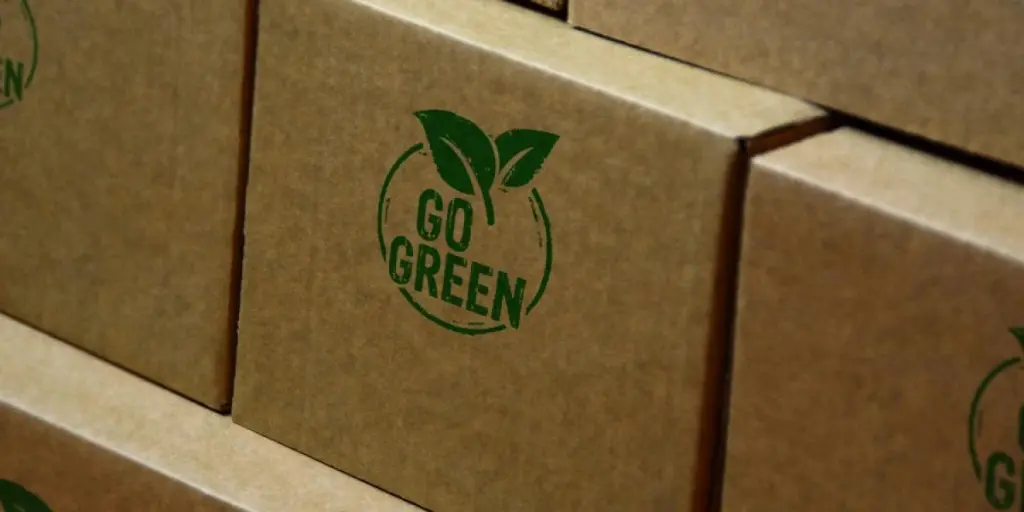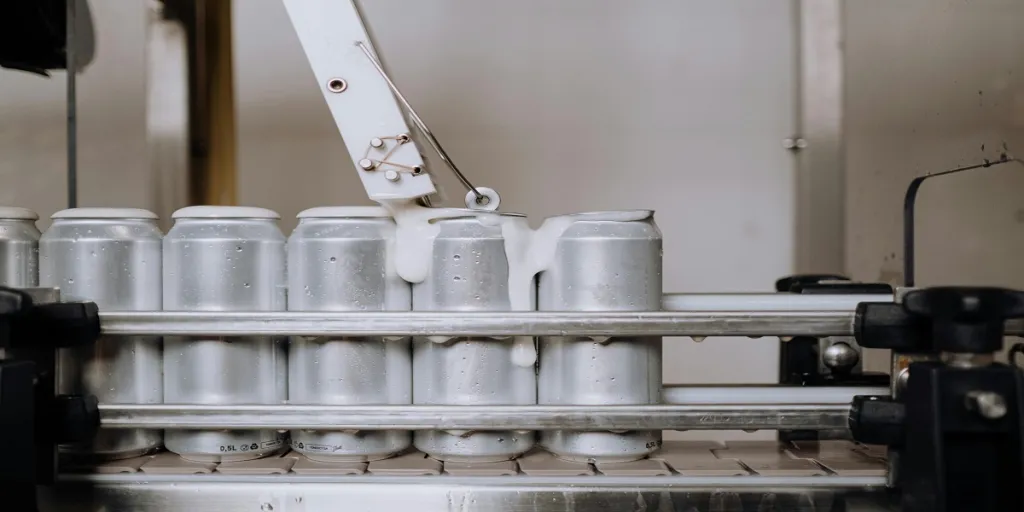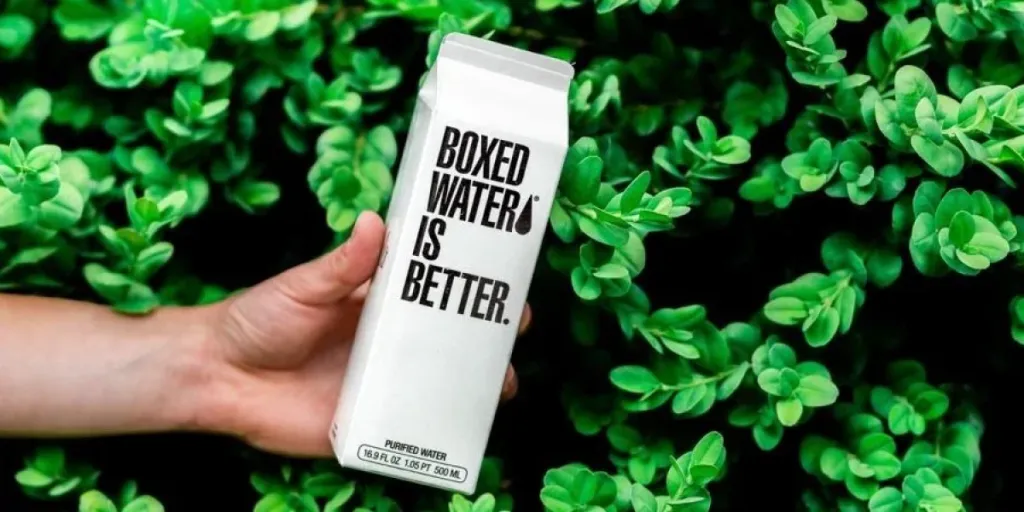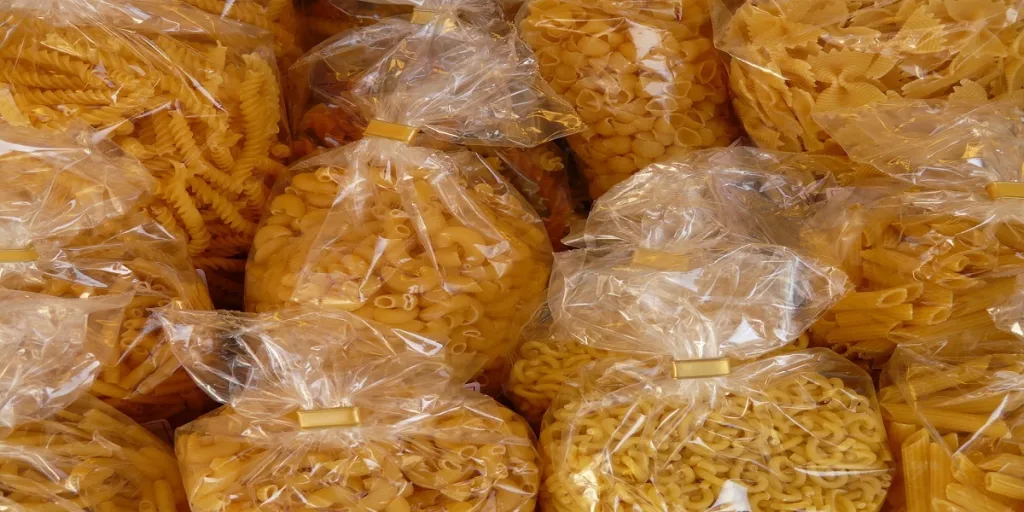From eco-friendly packaging innovations that combat plastic pollution to edible packaging that delights taste buds, Alex Selwitz discusses solutions that protect the planet and improve consumer experiences.
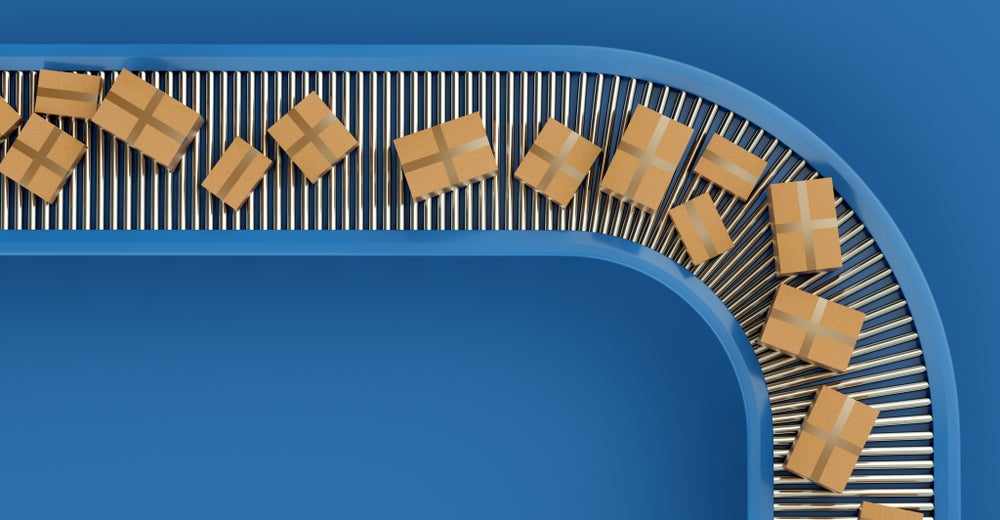
As e-commerce continues its meteoric rise, the spotlight is increasingly focusing on the sustainability of its packaging.
With consumers becoming more eco-conscious, the demand for green packaging solutions is no longer a luxury — it’s a necessity. What innovative solutions are emerging from this eco-conscious shift?
Dive in as we unravel the eco-friendly packaging solutions that are not only shaping ecommerce order fulfillment but also redefining the very essence of sustainable commerce.
#1: Water-Soluble Packaging
Water-soluble packaging is an innovative solution that dissolves when it meets water. It’s crafted from a unique blend of polymers sourced from plants and marine materials. The creation process turns these natural polymers into a film, which is then shaped to cater to a variety of packaging requirements, ensuring no remnants are left behind.
Here’s why water-soluble packaging matters:
- Fighting plastic pollution: While traditional plastics linger for hundreds of years, harming marine life and our planet, water-soluble packaging disappears in just minutes to hours, depending on its makeup. Its quick breakdown makes it a powerful contender against plastics.
- Easy disposal: E-commerce businesses often grapple with customer concerns over tricky packaging disposal methods. Water-soluble packaging changes the game. Customers can just run it under water, making disposal both green and hassle-free.
- Versatility in use: Beyond saving the planet, water-soluble packaging is incredibly adaptable. It’s not limited to tiny items. Picture clothes shipped in water-soluble bags or perishables wrapped in water-soluble insulation. The possibilities for tailoring and expanding its use in e-commerce are endless.
In the sustainable packaging world, Notpla emerges as a leader. As a result of collaboration between skilled designers and chemists, Notpla has introduced a cardboard takeaway box that’s both biodegradable and resistant to water and grease. This groundbreaking product offers a much-needed alternative to the single-use plastic containers that have burdened our environment for so long.
#2: Edible Packaging
As e-commerce and retail sectors search for sustainable solutions to waste woes, edible packaging serves up a treat that’s as tasty as it is Earth-friendly. This innovation is a testament to the evolving art of packaging design for retail, where the packaging doesn’t just serve a functional purpose but also enhances the overall consumer experience
Made from food-friendly materials like rice, potatoes, seaweed, and even chocolate, these ingredients are transformed into films, holders, and layers. The outcome? Packaging that not only protects but also tempts consumers to devour the whole package.
Yet, edible packaging has its hurdles. Its organic makeup means it doesn’t last long, requiring careful storage and distribution strategies. And while it’s tasty, it must also protect against dirt, dampness, and air — a delicate balance to strike.
The most notable benefits of this packaging are:
- Leave no trace: Edible packaging’s standout feature is its zero-waste promise. Consume the product, eat the packaging, and leave nothing behind. A refreshing change from the usual plastics and metals that clutter our environment.
- A delightful experience: Beyond sustainability, edible packaging offers a unique unboxing (or rather, “unwrapping”) experience. Imagine finishing your drink and then eating the container, or unwrapping a chocolate bar and then munching on the wrapper!
KFC once trialed an edible coffee cup, hinting at this packaging’s potential. Though it didn’t become a staple, it painted a picture of a world where food and wrap merge.
Notpla’s Ooho, an edible alternative to plastic water bottles, further pushes the envelope, hinting at a future where sustainability and innovation go hand in hand.
#3: Plantable Packaging
Imagine a packaging material sprinkled with seeds. Instead of tossing it, you plant it. With some care, water, and patience, what was once a piece of packaging becomes a vibrant plant, flower, or even a tree. It’s a transformative approach that redefines the destiny of discarded packaging, turning it into a living wonder.
The charm of plantable packaging lies in:
- Reducing waste: Instead of contributing to landfills, the packaging biodegrades and gives life to plants.
- Promoting greenery: Every package planted contributes to a greener environment, combating urbanization’s concrete sprawl.
- Unique unboxing experience: Beyond the product, consumers get the joy of nurturing a new plant, fostering a deeper brand connection.
So, how does this transformation from a package to a plant occur? The science is beautifully simple. Packaging materials, typically crafted from biodegradable elements like recycled paper, cradle seeds within. These seeds stay dormant until they touch soil and water. Once in the ground, the packaging decomposes, setting the stage for the seeds to sprout and flourish.
Pangea Organics Bar Soap is a standout in this space. Beyond crafting organic soap, they redefined the entire product journey. Using recycled newspaper and water, they fashioned durable, eco-friendly fiber boxes.
But the real enchantment is the tree seeds nestled inside. After using the soap, customers can plant the box and watch it transform into a tree.
#4: Reusable Packaging Systems
Moving away from the conventional “make, use, dispose” model, these systems advocate for a “make, use, return, and reuse” cycle. After delivering its contents, the packaging isn’t thrown away. It’s crafted to be sent back to its origin, refurbished, and then repurposed for another delivery.
Here’s why reusable packaging systems make sense:
- Combatting single-use plastics: The planet’s battle with single-use plastics is daunting. Reusable packaging systems offer a formidable solution, slashing the demand for these plastics and, in turn, their environmental toll.
- Economic efficiency: While the initial outlay for reusable packaging might be steeper than its single-use counterparts, the long-term financial benefits are undeniable. As the packaging earns its keep over multiple uses, the cost per shipment drops, proving economically advantageous for businesses.
Leading the charge in the realm of reusable packaging is Repack. Their approach is both smart and sustainable. They supply packaging tailored for easy returns. After a customer unpacks their order, the packaging can be neatly folded into a mailer. This slimmed-down version is then returned to Repack, prepped, and primed for its next journey.
#5: Biodegradable Films
Biodegradable films are crafted to naturally decompose, offering a stark contrast to regular plastics that can haunt our environment for hundreds of years. These films gracefully break down into water, carbon dioxide, and organic matter, ensuring a minimal ecological footprint.
Derived from organic sources like starch, cellulose, or proteins, the creation of these films involves harnessing these natural polymers, refining them, and then molding them into pliable films.
Cutting-edge research and technology have further allowed the infusion of specific additives to bolster the film’s attributes without hindering its biodegradability.
The biggest benefits are:
- Nature-friendly decomposition: Biodegradable films are tailored to disintegrate in diverse natural settings, be it compost bins or open spaces. This ensures they don’t overstay their welcome, curbing prolonged environmental damage.
- Tackling landfill overload: By naturally breaking down, these films drastically cut down the waste that clogs our landfills, addressing a critical environmental crisis.
Biodegradable films’ adaptability has spurred their adoption across multiple sectors. The food industry, for instance, wraps perishables in these films, mitigating food wastage.
In healthcare, they encase certain medicines, ensuring a green aftermath. The beauty and personal care realms are also jumping on the bandwagon, aligning their packaging with the surging consumer appetite for eco-friendly alternatives.
A shining example of biodegradable films’ potential is Mi Zhou’s Soapack. This ingeniously designed soap bottle, made from biodegradable film, is crafted to melt away in hot water once emptied.
Soapack’s genius lies in its dual role: it’s a container that actively combats the environmental strain typically linked to personal care containers. By addressing the waste from such products, Soapack paints a picture of a future where utility and sustainability merge effortlessly.
Charting a greener path in e-commerce fulfillment
Innovations like biodegradable films, reusable packaging systems, and plantable packaging aren’t just fleeting novelties; they’re heralding a transformative phase in e-commerce, where green is the new gold standard.
With the global community confronting the environmental fallout of rapid growth, e-commerce stands at a pivotal juncture, poised to make a difference.
Yet, the path to a wholly green e-commerce packaging realm remains under construction. Embracing these sustainable practices often demands more than just a change in perspective — it calls for substantial financial investments. Ecommerce funding plays a pivotal role in this context, acting as the driving force behind this green transition.
With the right financial support, e-commerce ventures can channel funds into the research, development, and rollout of these green packaging alternatives.
The responsibility rests on the shoulders of industry frontrunners, production giants, and even everyday consumers to advocate and embrace sustainable avenues.
At this juncture, we’re compelled to reflect: Is the e-commerce sector rising sufficiently to meet its consumers’ eco-aspirations? What further innovations can we spearhead to minimize our environmental impact? And crucially, can e-commerce emerge as a paragon of packaging sustainability, setting a benchmark for other sectors?
About the author: Alex Selwitz is the Director of SEO for Red Stag Fulfillment, an eCommerce fulfillment warehouse.
Source from Packaging Gateway
Disclaimer: The information set forth above is provided by packaging-gateway.com independently of Alibaba.com. Alibaba.com makes no representation and warranties as to the quality and reliability of the seller and products.
